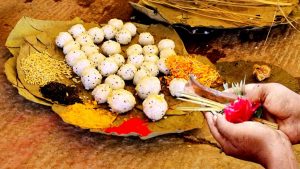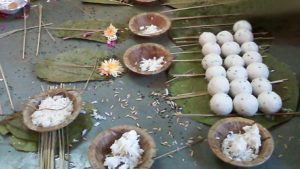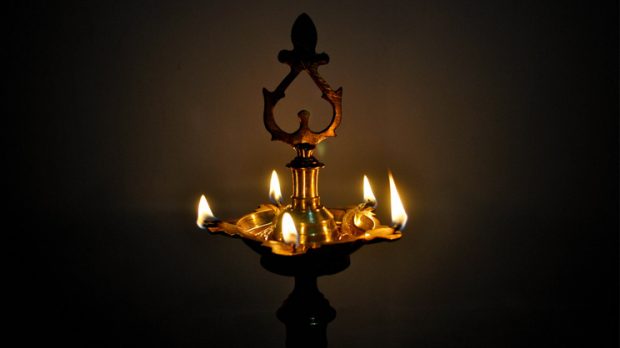Importance of Lighting lamps
It is an age-old tradition for women in India to light lamps in their houses every day as part of their worship to the Gods. This practice is more prevalent among the Hindus when offering their prayers to the Almighty. Numerous reasons are attributed to this holy practice, which brings about several benefits for not only the woman but, to the entire family as a whole. This article brings to light the various rules that ought to be followed when lighting the sacred lamp (Dheepa Vilaku) and its innumerable benefits to the individual and the family.
It is believed that lighting of the lamp by a female member of the house brings about various positive changes in the house. Mothers in every house hold must insist and encourage their children, especially the girls, to light the sacred lamp in front of deity every day. This ritual not only increases the child’s spiritual devotion towards the god but, is also believed to bring about a divine glow (tejas) on her face.
For those wishing to test this, can actually try lighting the lamp or get a women member of the family to light one for a month, in front of the home deity. Look at the individual’s face on the mirror, on the first day before lighting the lamp. Keep note of the number of days, excluding their menstrual days when women cannot perform their spiritual duties. At the end of the 30th day, a significant difference can be evidently seen on the face. The face will look shinier than before, accompanied by a special glow, making the person look more attractive and beautiful.
Our ancestors have defined a specified time for lighting this auspicious lamp in the house every day twice, in the morning and in the evening. The period popularly called ‘Brahma Muhurtham’ is the early morning time just before the sun rise. This period is said to be the apt time for lighting the lamp, which brings about all goodness in one’s family. During the evenings, the time period just before sunset is considered auspicious for lighting lamp. This period is popularly called ‘Pradhosha Kalam’. Lighting the holy lamp and offering prayers to the almighty during this period of the day brings about wealth and happiness to the family.
General rules to be followed when lighting a lamp at home.
- Light all the wicks (Thiris) of a lamp. It is optimum to light a minimum of two wicks in a lamp.
- It is considered auspicious for a Sumangali (Married lady whose husband is alive) to light the divine lamp first, after which the poojas for the deity is to be undertaken.
- The lamp must be filled with oil or ghee first after which the wicks should be lighted. In general, Cotton wicks should be used to light lamps. When this is done, the people of the household are benefitted with clarity of thoughts, helps them work effectively and peace prevails at home.
- Few people ignite the lamp by twisting two wicks together.
- It is ideal to light the lamp facing the direction east, when using only one wick.
- The lamp must be put out using the stem of the flower used for prayers and not by blowing them off.
- The practice of lighting lamp, not only brings light to the house eliminating the darkness, but also takes away the evil and dark thoughts lingering in our minds. It brings about positivity and takes the mind in the path of spirituality.
Articles on oils and wicks that can be used for lighting lamps is to follow…
Watch this space for much more articles related to lighting lamps.
Reach us to be a part of our whatsapp spiritual reminder group








